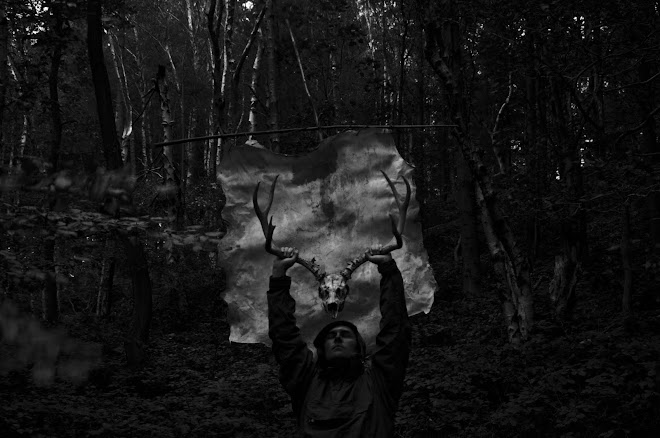skip to main |
skip to sidebar
Neolithic Weekend I: Copt Howe rock art site





Sunday 11th July was the day of the final match in the 2010 World Cup so what better time to get away from all that shite and drive into the hills of Cumbria looking for scratchings on rocks. As I was also enrolled on a flint knapping course with Woodsmoke, taught by Will Lord of www.beyond20000bc.co.uk which was due to start on Monday 12th I decided to make a weekend of it and head over to the mountains early on Sunday morning.
As soon as I crossed the Tees the weather changed and the bright sunny skies of the east became greyer and wetter until the drizzle became rain and the clouds covered the tops of the hills. Driving into Great Langdale from Ambleside the rain began to get heavier and it seemed certain that today was going to be a classic Cumbrian hill day – wet and cloudy.
The Copt Howe site comprises a series of large erratic boulders on the western fringe of Chapel Stile in Great Langdale. Driving up the narrow lane that leads to Dungeon Ghyll the boulders are to be found in the fields on the right side of the road, there is a narrow and gravelly scrap of land at the side of the road that provides an adequate, if precipitous, short-term parking point and it was here, with cars whizzing past and rain battering the windscreen that I parked.
My first impression of the Copt Howe site was anti-climatic. The setting is truly beautiful and the views up the valley to the summits spectacular but the art does not, in my opinion, live up to the location. Many of the inscriptions are faint and show up only in oblique light or via rubbings so there was little to photograph but more than this the main panel, on the face of a very large boulder, seems to lack a coherent graphic intent and appears to be quite random and confused. Many rock art panels show complexity, with interconnecting channels, cups and rings but there is a difference between complexity and confusion. Copt Howe looks to me to be confused and poorly thought out, a rock doodle site rather than a rock art site.
The site was discovered in 1999 by Paul and Barbara Brown, authors of the invaluable “Prehistoric Rock Art In The Northern Dales” (PRAND), which has been my bedtime reading for the last eighteen months and without which many of my recent trips would have ended in failure but reading around the subject it appears that there is some controversy as to whether the site is what is purported to be. There is a theory, which I found on Julian Cope’s Modern Antiquarian site, that some of the inscriptions at Copt Howe are the work of a local man named Ken Corfe who lived a sort of proto-hippie life in Great Langdale in the 1930s and 1940s. Locals seem to remember him camping in the field close to the boulders and taking a great interest in them. Was Corfe responsible for the rock art?
The central enigma that surrounds rock art, especially the cryptic designs of cups, rings and concentric circles is what does it mean? Theories abound as to how it should be interpreted and I feel that many of these theories say more about our modern minds and ways of thinking than the people who made the art. I am far from convinced that rock art should be interpreted as maps or way-markers to guide people through the landscape. Anybody who has ever walked in the hills will have the greatest difficulty in thinking that prehistoric peoples found it necessary to encode “maps” of their landscape in inscriptions on rocks because there simply is no need – the way is obvious, the valleys are so large and the peaks so prominent that maps carved on stone slabs would be redundant. It may be that rock art is intrinsically linked to landscape, that it celebrates and marks significant points such as high hills and river valleys but I feel that these functions are not to be confused with a “map” anymore than a computer is to be confused with the internet.
Ultimately we will never know if the art at Copt Howe is genuine or fake and we must take from it what we will each according to their views but for me the faintness of the inscriptions when compared to other panels in the north of England, the recent discovery of the site in one of the most visited dales in Cumbria and the haphazard nature of the design makes me wonder if we are looking at a modern pastiche rather than ancient rock art?







1 comment:
This is rather random, and may be a bit rude due said factor, but I am attempting to get in touch with you regarding your musical and sound works. I attempted e-mailing your presented address in the facebook application, and it came back unknown. If it strikes your attention, please e-mail heofthehouse@yahoo.com. Thank you.
Silas
Post a Comment